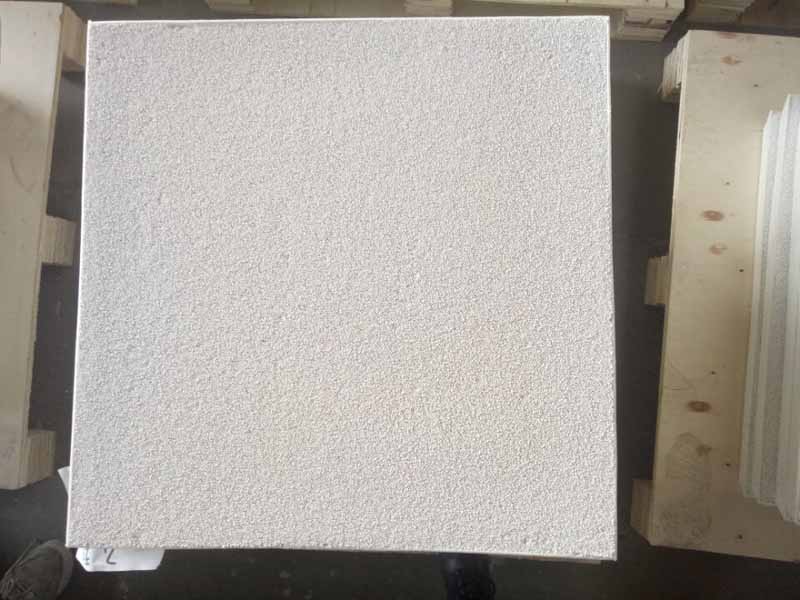
17 7月 Zirconia Filter
Zirconia Filter
Zirconia Filter is a type of ceramic filter plate. The zirconia-based ceramic slurry is uniformly applied to the three-dimensional network structure and the organic foam of the communicating pores as a skeleton of the carrier, and then dried and solidified and then fired at a high temperature.
The basic materials of the ceramic foam filter are three kinds of silicon carbide, zirconium oxide and aluminum oxide.
The basic material of the zirconia foam ceramic filter is zirconia ZrO2.
Zirconium oxide ceramic filter has a maximum temperature of 1760 °C and is widely used in the filtration of various steel castings and large cast iron parts, high temperature mother alloys and aerospace castings, magnetic materials, copper-magnesium alloy continuous casting and non-ferrous metal alloy low-pressure casting.
Zirconia Filter product effects
1. Efficient filtration to micron-sized slag, refractory fragments and other metal particle impurities, reducing tool loss during casting machining.
2. The molten metal is stable and the casting structure is uniform, thus improving the surface hardness, tensile strength and fatigue resistance of the casting.
3. The three-dimensional mesh structure has a good rectifying effect on metal turbulence, and has good control effect on non-metallic inclusions and secondary oxidation caused by turbulent erosion cavity.
Zirconia Filter can make the aluminum liquid more evenly fill the cavity, and the molten metal has a higher tendency to turbulence during pouring.
The turbulent flow through the three-dimensional pore structure of the zirconia foam ceramic filter is finally converted into a very stable laminar flow.
The laminar flow fills the cavity better, which reduces the impact corrosion of the metal solution on the casting cavity and significantly reduces the reject rate.

How to use Zirconia Filter
1. Clean the PLATE-TYPE FILTERING UNIT.
2. Gently put the filter plate into the filter box and press the sealing gasket around the filter plate by hand to prevent the aluminum liquid from flowing.
3. Evenly preheat the filter box and filter plate to bring it close to the temperature of the aluminum liquid. Preheat to remove moisture and facilitate initial transient filtration. Preheating can be carried out using electrical or gas heating. Under normal circumstances, it takes about 15-30 minutes.
4. Pay attention to the change of the aluminum hydraulic head during casting. The normal starting head is 100-150 mm. When the aluminum liquid begins to pass, the pressure head will drop below 75-100 mm, and then the pressure head will slowly increase.
5. During the normal filtration process, avoid knocking and vibrating the filter plate. At the same time, the launder should be filled with aluminum water to avoid too much disturbance of the aluminum water.
6. After the filtration is finished, remove the filter plate in time and clean the filter box.


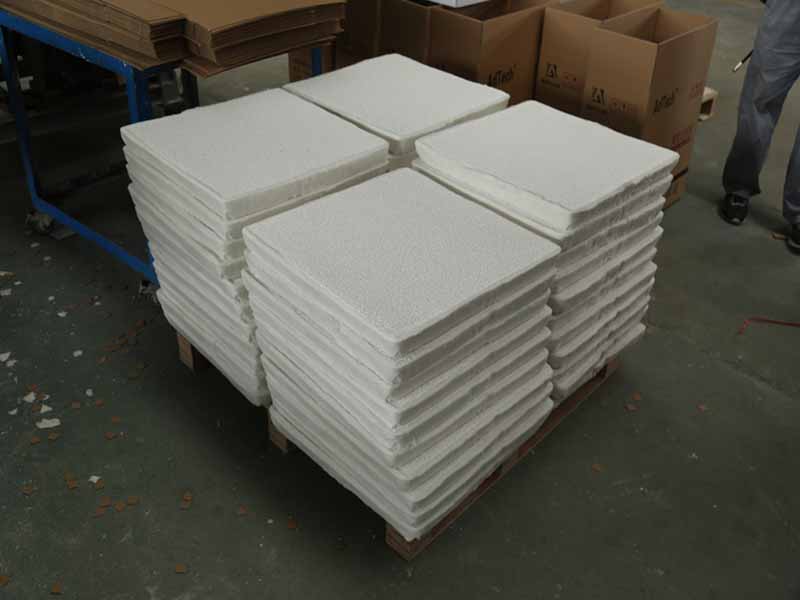
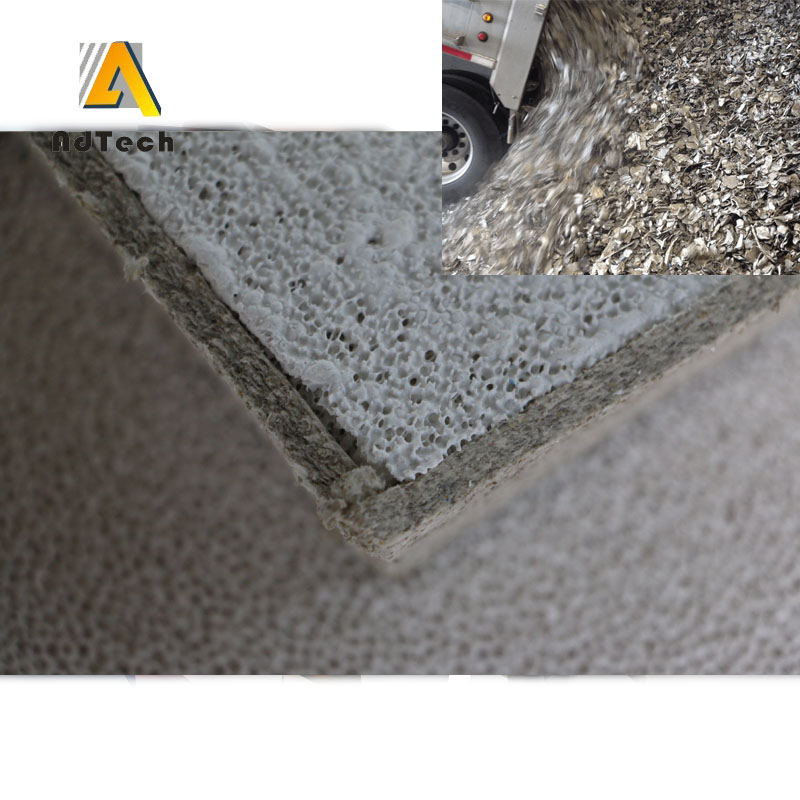
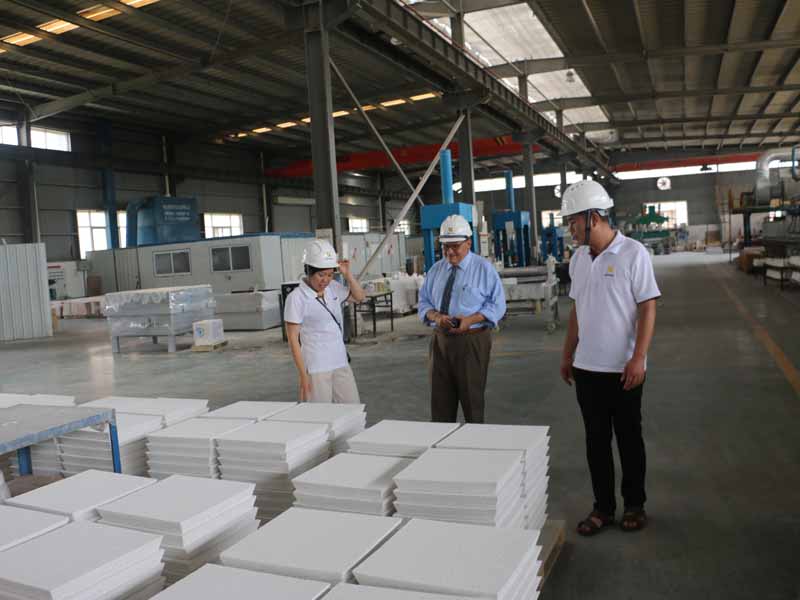
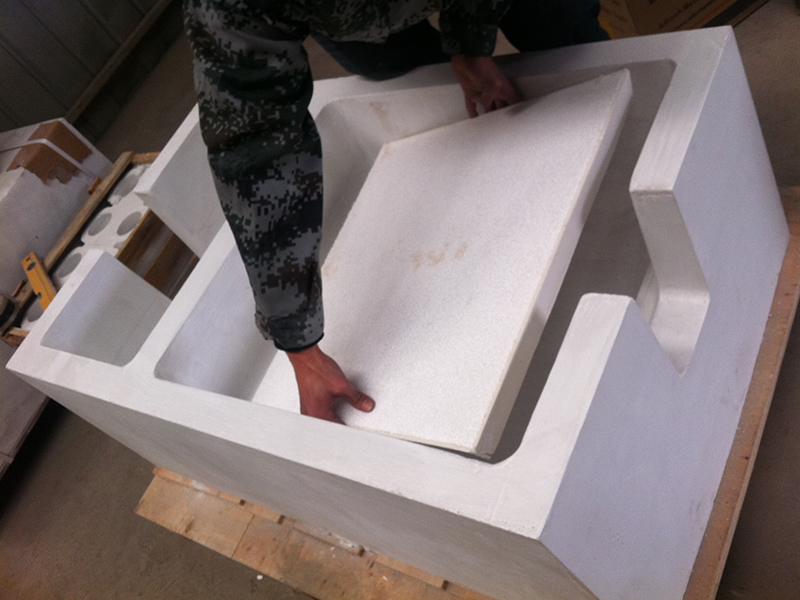
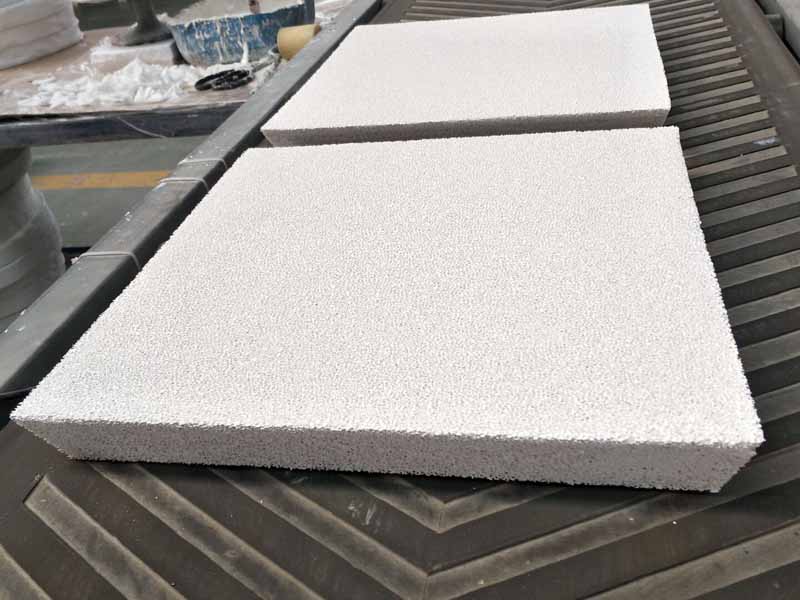
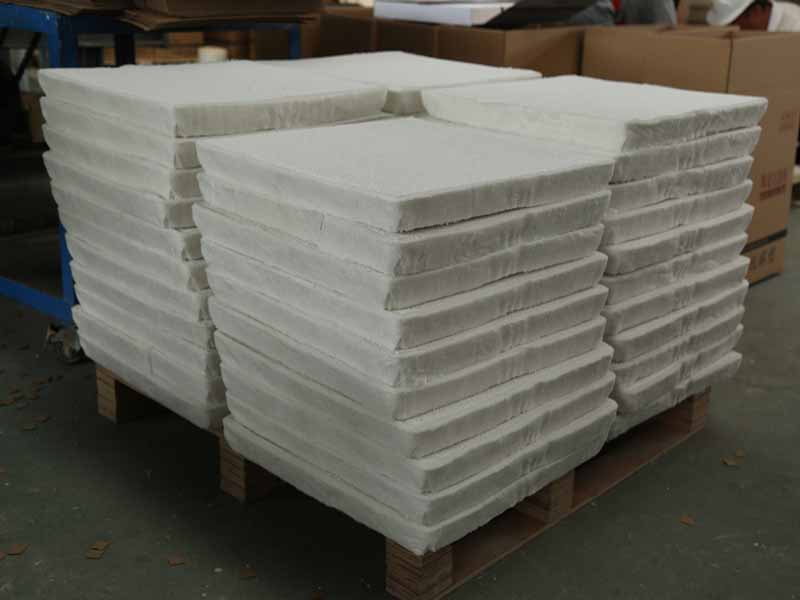
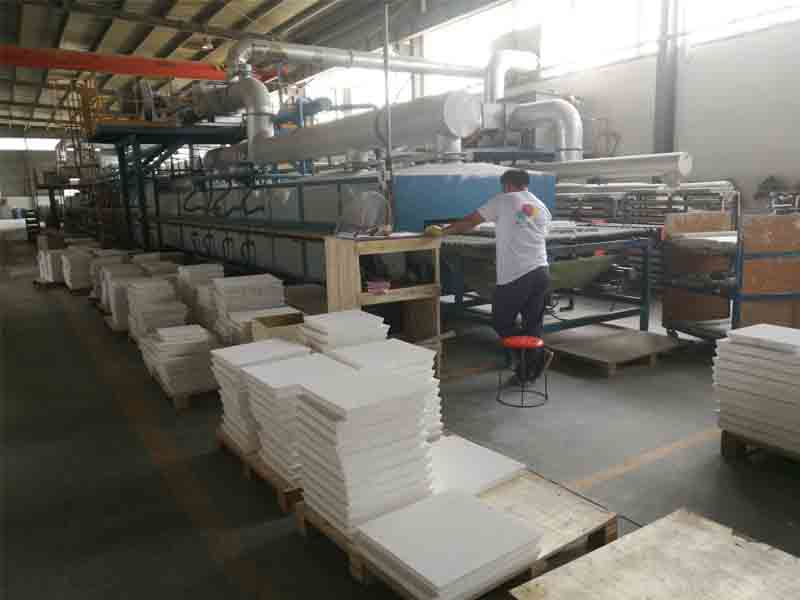
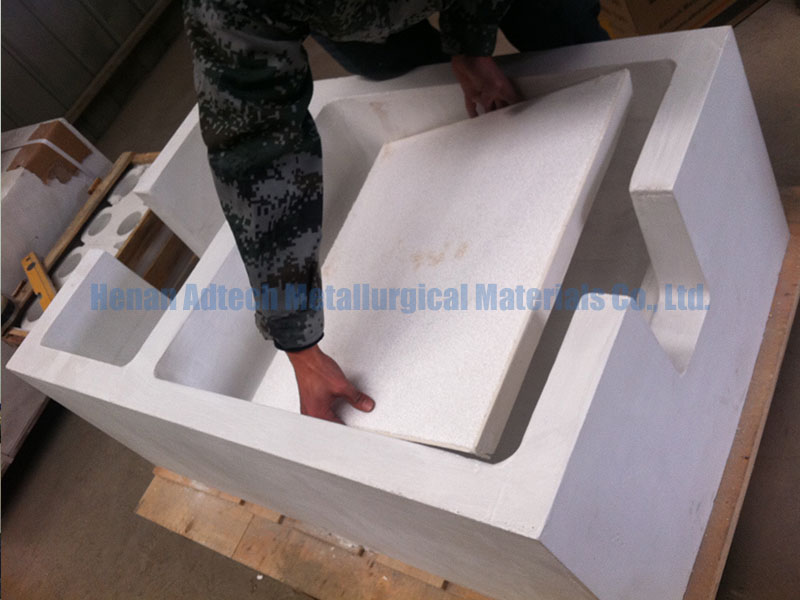
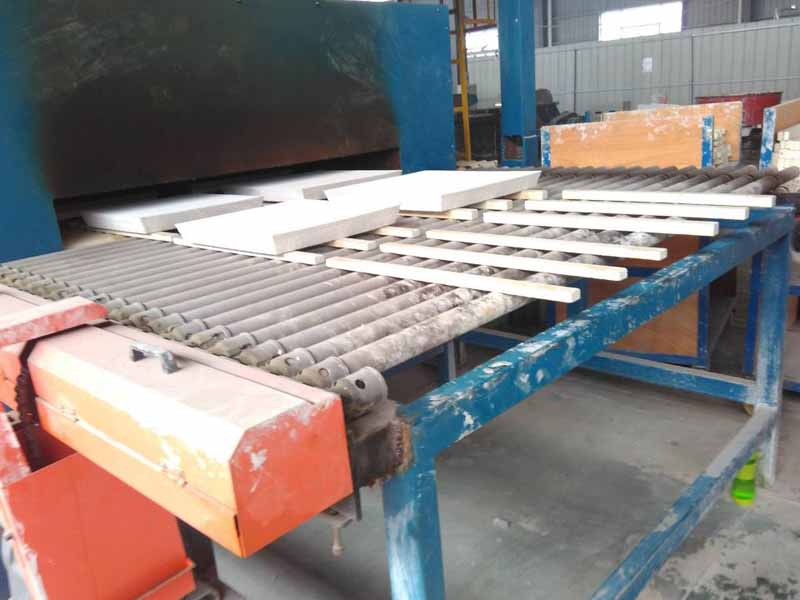
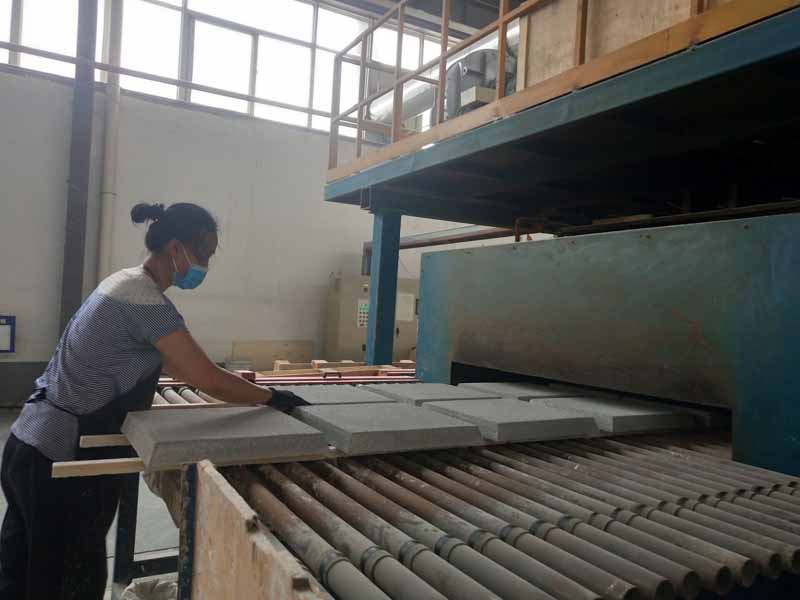
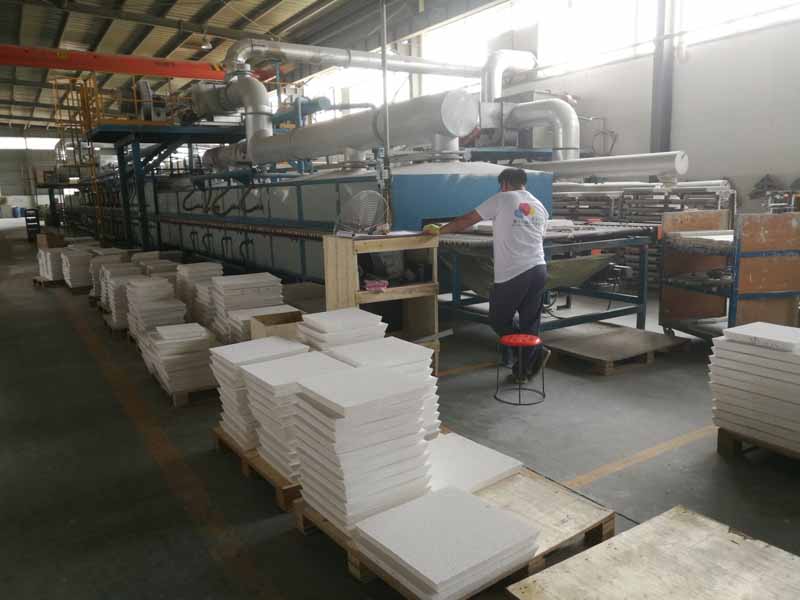
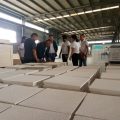
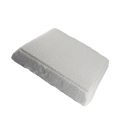
Sorry, the comment form is closed at this time.